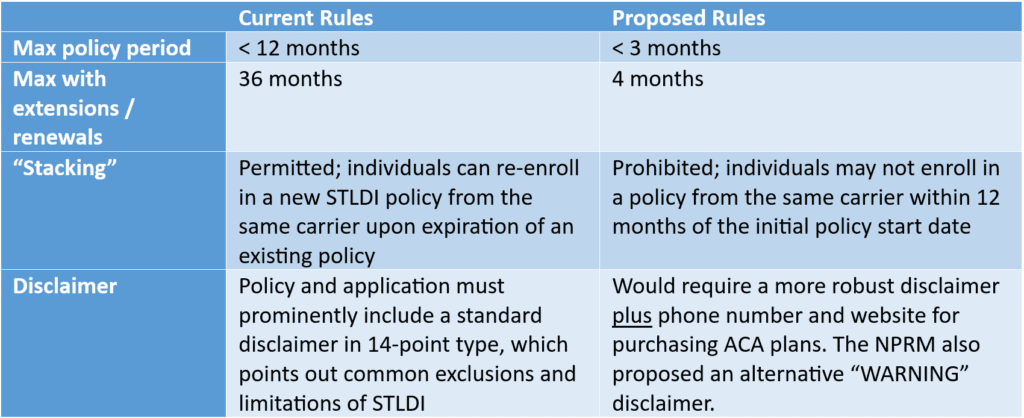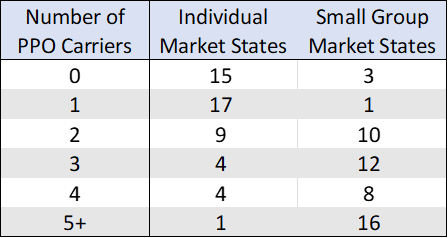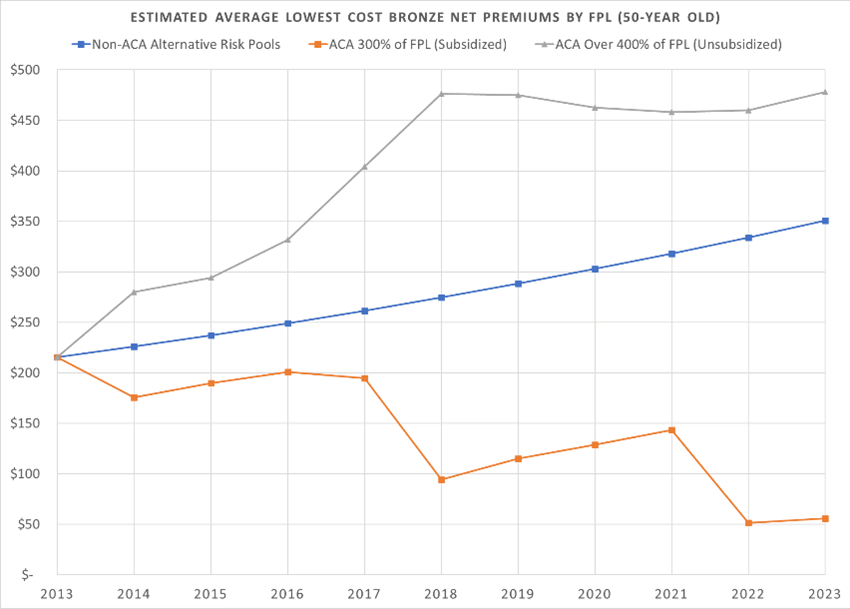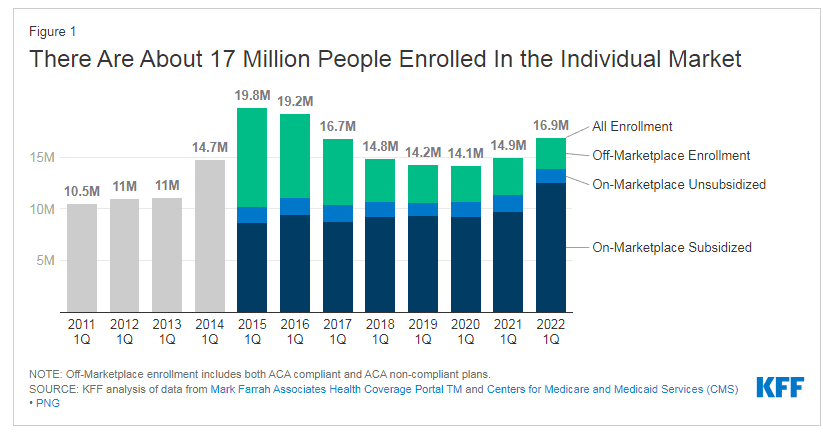Section 1557 of the Affordable Care Act prohibits health programs and activities receiving federal financial assistance (i.e., virtually every health plan, hospital, and provider) from discriminating on the basis of race, color, national origin, sex, age, and disability. 1 This discrimination prohibition is so straight-forward and plain, could it really be the source of controversy?
Define “Sex”
In the 14 years that have passed since Congress codified Section 1557, its seemingly plain text has unfolded in surprising ways. So much so that its terminology rings of “newspeak” from George Orwell’s dystopian 1984, in which “the Party” creates a truncated vocabulary called “newspeak” to eliminate even the possibility of objection. Can any sane person oppose anti-discrimination on the basis of sex?
Well, it turns out that “discrimination on the basis of sex” means a lot more than one might initially expect.
You Keep Using That Word. I Do Not Think It Means What You Think It Means.
14 years later, we are still unpacking exactly what “discrimination on the basis of sex” means. On May 6, 2024, the Biden Administration published new final rules interpreting Section 1557 and expanding the definition of “sex” to include “sex characteristics, including intersex traits; pregnancy or related conditions; sexual orientation; gender identity; and sex stereotypes”.2 The new rules largely restore Obama-era provisions, and pare back previous exemptions available to persons (particularly institutions) on the basis of religion and conscience, which begs the question:
Are religious institutions actually turning away individuals on the basis of sex? And if not, is Section 1557’s discrimination prohibition really just “newspeak” for requiring providers, payors, and employers to provide and facilitate procedures they find to be morally objectionable?
Hint: the Catholic Church has long promoted basic healthcare as an essential service and fundamental human right.3 To answer these questions, a brief analysis of Section 1557’s implementation is telling.
The initial rules implementing Section 1557 in 2016 required providers, employers, and payors to provide and facilitate gender-transitioning procedures.4 Courts quickly prohibited enforcement of the rule, and in 2019 determined that the rule violated the Religious Freedom Restoration Act and the Administrative Procedures Act (since the federal agency exceeded the authority delegated to it by Congress).5 But the Biden administration announced in 2021 that it would continue to interpret and enforce Section 1557 to include sexual orientation and gender identity,6 and many continued attempts to force Catholic hospitals and employers to provide and facilitate gender transition services. For example:
- St. Joseph’s Regional Medical Center in New Jersey was sued in 2017 for refusing to perform a gender reassignment surgery.7 The patient received the surgery from a nearby hospital a few months later but argued that St. Joseph’s violated Section 1557, causing emotional distress. The Court did not find that St. Joseph’s was exempt from Section 1557, and the parties settled in 2021.
- In 2023, the U.S. District Court of Maryland ruled that the state-operated St. Joseph’s hospital in Baltimore violated Section 1557 by canceling a patient’s gender reassignment surgery, notwithstanding the fact that Catholic hospital was required to follow the Ethical and Religious Directives for Catholic Health Services (“ERDs”).8
- Also in 2023, a U.S. District Court in Washington ruled that Catholic Health Initiatives’ self-funded plan administered by Blue Cross Blue Shield of Illinois had to pay for a member’s gender reassignment surgery.9 This case sets a particularly alarming precedent for self-funded religious employers, who typically rely on non-religious health plans to administer health insurance benefits.
In these cases and others, Section 1557’s discrimination prohibition serves as pretext for requiring coverage for and provision of services that are morally illicit per the religion of certain providers and plan sponsors.
Religious Exemption
The new rules, promulgated by the Office for Civil Rights (“OCR”), pay lip service to existing federal religious protections generally available, and offer entities the opportunity to seek an exemption by submitting a request to OCR. OCR is also the office tasked with ensuring its anti-discrimination rules are enforced, making OCR the legislature, arbiter, and police.
The rules’ reliance on existing federal religious protections injects a significant amount of uncertainty into its applicability. While there is likely strong precedent for religious providers to object on religious grounds, the applicability is much more attenuated for religious employers objecting to pay for morally objectionable services. For example, whereas federal protections such as the Religious Freedom Restoration Act (“RFRA”) protect free exercise of religion, it is unclear how religious employers offering fully-funded plans, or religious employers who self-fund and rely on non-religious health plans to administer their plans, will be protected (as typified in the Washington case described above).
Conclusion
The enforcement trends and new rule highlight the need for faith-based insurers to take advantage of religious liberties and safeguard individuals and employers from being hamstrung by dependence on non-religious health plans administering their benefits. This year, Presidio became the first company in American history to apply to form a religious insurer, which would extend the full scope of religious freedoms to individuals and employers seeking a health insurance option that aligns with their faith and values.
- 42 U.S.C. § 18116 [↩]
- 89 Fed. Reg. 37,522 (May 6, 2024) (to be codified at 42 C.F.R. § 92.101). [↩]
- See, United States Catholic Conference of Bishops, Health and Healthcare, Pastoral Letter, November 19, 1981 (“health care is so important for full human dignity and so necessary for the proper development of life that it is a fundamental right of every human being”); and Pontifical Council of Justice and Peace, Compendium of the Social Doctrine of the Church, para. 166 (“The demands of the common good are . . . strictly connected to respect for and the integral promotion of the person and his fundamental rights. These demands concern above all . . . the provision of essential services to all, some of which are at the same time human rights: food, housing, . . . basic health care, . . . and the protection of religious freedom.”); and Cupich & Dolan, Catholic Hospitals Welcome Transgender Patients – and Stand Firm in Their Religious Convictions, September 26, 2022, America Magazine (“Catholic hospitals do not discriminate against anyone and to do so would be offensive to the embracing and expansive healing ministry of Jesus Christ.”). [↩]
- 81 Fed. Reg. 31,375 (May 18, 2016). [↩]
- Franciscan Alliance, Inc. v. Azar, 414 F. Supp. 3d 928 (N.D. Tex. 2019). [↩]
- 86. Fed. Reg. 27984 (May 25, 2021). [↩]
- Conforti v. St. Joseph’s Healthcare System, Inc. et al., U.S. District Court for the District of New Jersey, No. 2:17-cv-00050-CCC-CLW. [↩]
- Hammons v. University of Maryland Medical System Corporation, et al., U.S. District Court for the District of Maryland, No. DKC 20-2088. In a quirky fact patter, St. Joseph was acquired by the University of Maryland Medical System Corporation – a public entity – in 2012, and the asset purchase agreement contained covenants requiring the hospital to be operated consistent with Catholic values and principles, including the ERDs. [↩]
- Pritchard v. Blue Cross Blue Shield of Illinois, U.S. District Court for the District of Washington, No. 3:20-cv-06145. The ruling in this case is far-reaching for two reasons: first, it applies Section 1557 to Blue Cross’ third-party administrator services by virtue of Blue Cross’ receipt of federal funding for insurance operations, and second, it extends Blue Cross’ Section 1557 obligations to its Catholic employer client without consideration of the Catholic employer’s religious protections. At the time of this article’s publication, the Court’s order granting plaintiffs’ motion for classwide relief and nominal damages is being appealed to the Ninth Circuit. [↩]



